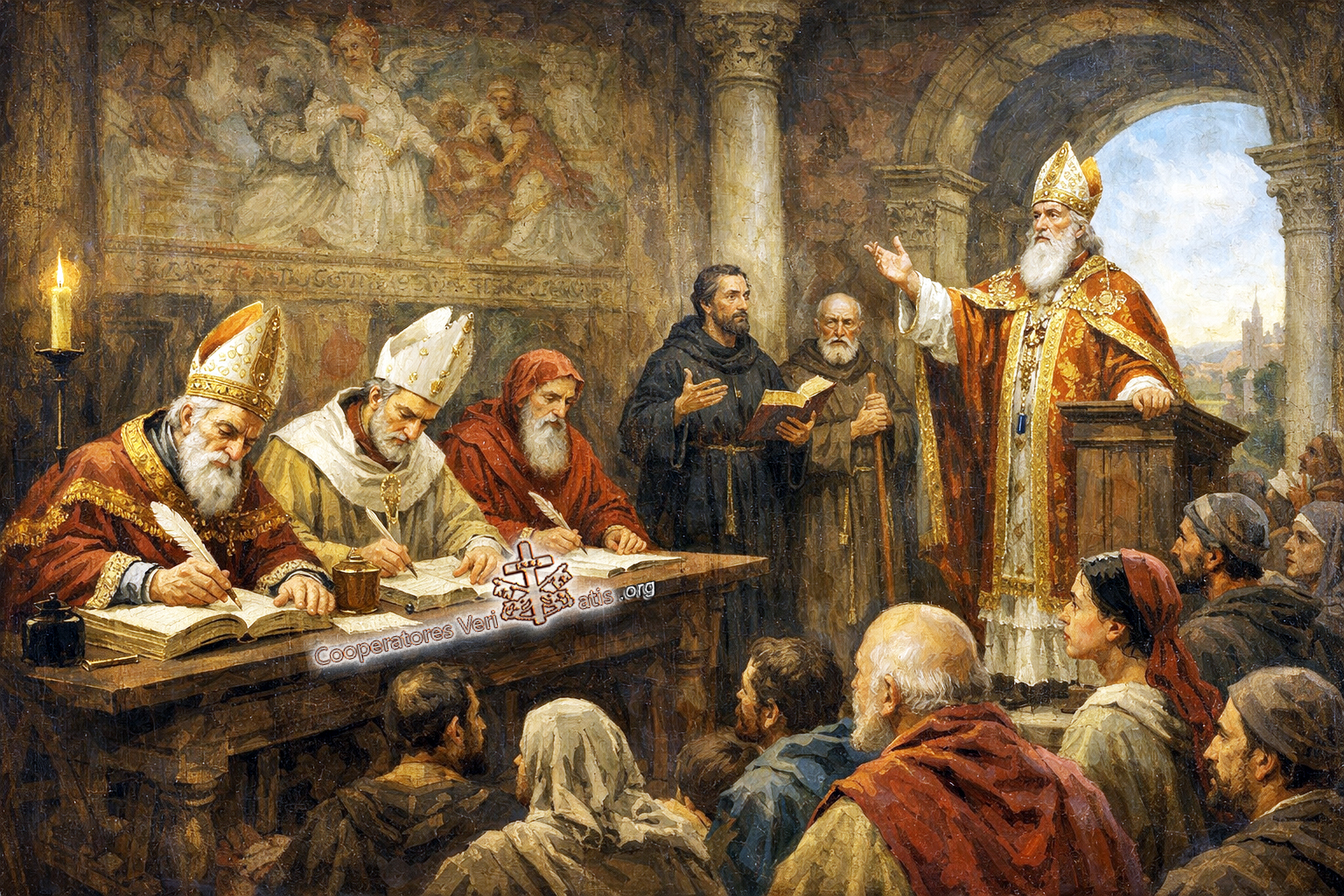Original Version "Stand by me Father"
Originally, Chapel of Saint Edward the Confessor
St George's Chapel became the Mother Church of the Order of the Garter, and a special service is still held in the chapel every June and is attended by the members of the order. Their heraldic banners hang above the upper stalls of the choir where they have a seat for life.
The period 1475–1528 saw a radical redevelopment of St George's Chapel under the designs of King Henry VII's most prized counsellor Sir Reginald Bray (later Chancellor of the Duchy of Lancaster), set in motion by Edward IV and continued by Henry VII and Henry VIII. The thirteenth-century Chapel of St Edward the Confessor was expanded into a huge new Cathedral-like chapel under the supervision of Richard Beauchamp, Bishop of Salisbury, and the direction of the master mason Henry Janyns. The Horseshoe Cloister was constructed for the new community of 45 junior members: 16 vicars, a deacon gospeller, 13 lay clerks, 2 clerks epistoler and 13 choristers. The choristers of St George's Chapel are still in existence to this day, although the total number is not fixed and is nearer to 20. The choristers are educated at St George's School, Windsor Castle. They are full boarders at the school. In term time they attend practice in the castle every morning and sing Matins and Eucharist on Sundays and sing Evensong throughout the entire week, with the exception of Wednesdays.
St George's Chapel was a popular destination for pilgrims during the late medieval period. The chapel was purported to contain several important relics: the bodies of John Schorne and Henry VI of England and a fragment of the True Cross held in a reliquary called the Cross of Gneth. These relics all appear to have been displayed at the east end of the south choir aisle.
The Chapel suffered a great deal of destruction during the English Civil War. Parliamentary forces broke into and plundered the chapel and treasury on 23 October 1642. Further pillaging occurred in 1643 when the fifteenth-century chapter house was destroyed, lead was stripped off the chapel roofs, and elements of Henry VIII's unfinished funeral monument were stolen. Following his execution in 1649, Charles I was buried in a small vault in the centre of the choir at St George's Chapel which also contained the coffins of Henry VIII and Jane Seymour. A programme of repair was undertaken at St George's Chapel following the Restoration of the monarchy.
The reign of Queen Victoria saw further changes made to the architecture of the chapel. The east end of the choir was reworked in devotion to Prince Albert; the Lady Chapel, which had been abandoned by Henry VII, was completed; a royal mausoleum was completed underneath the Lady Chapel; and a set of steps were built at the west end of the chapel to create a ceremonial entrance to the building. In the 21st century, St George's accommodates approximately 800 persons for services and events.[1]










%2010.51.46%E2%80%AFa.%C2%A0m..png)





















